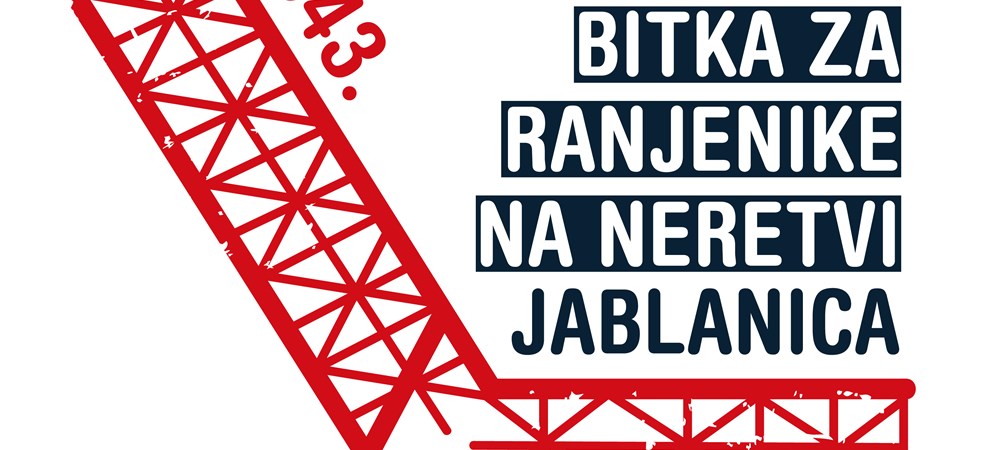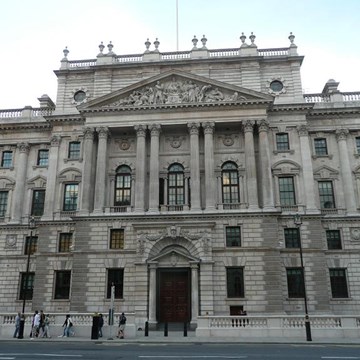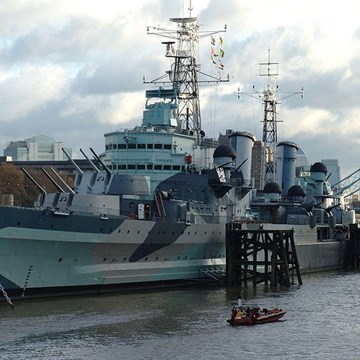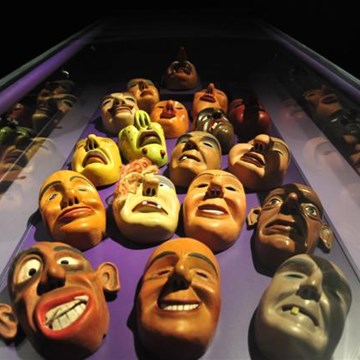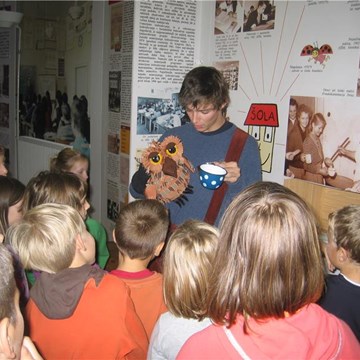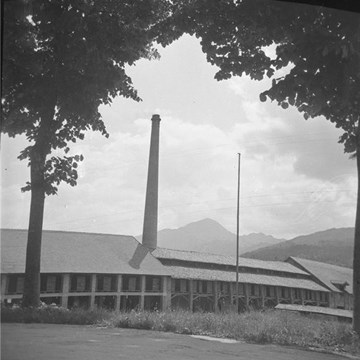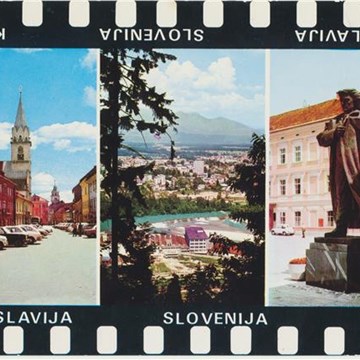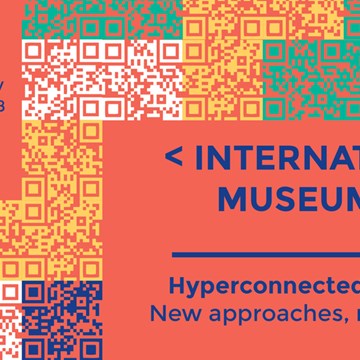Museum "Battle for the Wounded on Neretva River" Jablanica
JU Muzej “Bitka za ranjenike na Neretvi“ Jablanica
Museum “The Battle for the Wounded on the Neretva River“ in Jablanica is a historical museum dedicated to preserving the memory of the anti-fascist battle that took place in the Second World War. Its mission is to research, collect and interpret the historical sources in accordance with the highest professional standards. Through permanent and temporary exhibitions, we educate visitors about the past in order to build a better future.The Memorial Complex of the Battle on the Neretva in Jablanica is dedicated to the Battle on the Neretva. In order to mark this event with dignity and integrity, the Memorial Complex was opened on 12 November 1978 to mark the 35th anniversary of the Battle of the Neretva. The Memorial Complex included the Monument on Makljen near Prozor, designed by Boško Kućanski. The Complex in Jablanica and the Monument on Makljen was ceremonially opened by Josip Broz Tito.
Following the then practice of building memorial museums at authentic historic sites, the complex in Jablanica was also built at the place where the crucial moment of the operation took place, the fateful passage across the Neretva river and the rescue of the wounded and sick, while the Monument on Makljen was built at the site where partisants fought decisive battles to protect the central hospital. The Monument on Makljen was later handed over to Prozor Municipality.
By a combination of historical circumstances, many large events that took place in the Second World War on the territory of Bosnia and Herzegovina affected the course of the war. One of these events is a well-known operation Weiss (as it was named in German documents), also known in Yugoslav historiography as The Fourt Enemy Offensive or The Battle of the Neretva. This operation, i.e. the strategic plan for the joint attack was conducted by the Axis forces on a wide territory of the so-called Bihać Republic. It began in early 1943. The operation, as well as its failure, had an important role in the construction of memorial culture and tradition. The operation was conducted in February and March of 1943. Despite the joint attack of the Axis forces, partisans managed to rescue nearly 4,000 wounded during the operation.
In early 1970s, the country initiated activities with the aim of setting up the memorial to commemorate the Battle on the Neretva with dignity and integrity. The memorial complex in Jablanica was opened in 1978 as a central memorial to the Battle on the Neretva. The memorial complex also includes the museum and the Monument on Makljen, Prozor, designed by Boško Kućanski.
As a museum significant for entire Yugoslavia, the Museum was well visited during the period of socialism in Yugoslavia. It was a dependency of the Museum of Revolution of Bosnia and Herzegovina based in Sarajevo. The developed pedagogical service with various activities (guided tours through exhibitions, history lessons, film projections, conversation with war veterans, competitions for testing the People's Liberation War knowledge, etc.) attracted up to 300,000 visitors a year. In addition to the permanent exhibition, temporary exhibitions have been organized at the Museum. Well-known painters such as Ismet Mujezinović and Božidar Jakec also exhibited their works at the museum.
During the 1992-1995 war in Bosnia and Herzegovina, the museum ceased its main operations. In this period, the museum collections were impoverished, the book fund of the library was significantly damaged and the building itself was devastated. In 1997, the Municipal Council of Jablanica adopted a decision to take over rights and obligations of the founder from the former Musem of Revolution of Bosnia and Herzegovina and declared the Museum as a public institution. From that moment the revitalization of the Museum began.
The central part of the memorial complex includes the museum building, designed in the spirit of modern architecture. The museum was designed by Branko Tadić, Zdravko Dunđerović and Mustafa Ramić. The main exhibit at the memorial complex is the demolished bridge on the Neretva, a symbol of the Battle for the Wounded. In addition to the bridge, the complex includes the remains of the narrow gauge railway and a well-known 73 series locomotive, designed and built by the Krauss factory in Linz, Austria, in 1913. The bunker on the left bank of the Neretva and the meeting point with eternal flame contribute to the authenticity of the memorial complex as a historic site. The bunker was used by Chetnik forces during the operation. The meeting point symbolically represents an area where the wounded and the sick gathered before crossing the Neretva, and today it should be a meeting point of those who want to experience the significance and the message of the Battle for the Wounded.
Today, this museum is visited by 25,000 visitors a year. In addition to the permanent exhibition „Battle of Neretva“, the Museum displays ethnographic exhibition of the Jablanica region, and temporary and guest exhibitions are organized in the museum as well.
In 2009, the Commission to Preserve National Monuments of BiH designated the historic site – the memorial complex of the Battle on the Neretva in Jablanica as a National Monument of Bosnia and Herzegovina.
Exhibitions and events
Virtual exhibitions

Film "Battle of Neretva"
Permanent exhibitionThe true story of humanity and courage during the Battle for the Wounded was brought to the screen by director Veljko Bulajić who directed the film "Battle of Neretva". The place where we are is the...
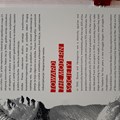
Toward the Modern Society
Permanent exhibitionThis exhibition explores the historical period that followed the end of World War II in Bosnia and Herzegovina. In the area where the Battle of Neretva was fought, only a few years after its end, a...

Battle of Neretva
Permanent exhibitionThe permanent exhibition was renovated in 2013 and chronologically follows the events related to the preparation, beginning and duration of the operation. It contains photos, documents of partisan,...
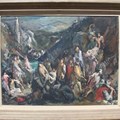
War and Art
Permanent exhibitionThe exhibition "War and Art" is a story about art and artists in the Second World War, especially those who participated in the Battle for the Wounded. Each war event, and there were many, awakened...
Educational programs
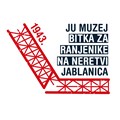
Mala škola bosančice
Workshop
Collections
We don't have anything to show you here.


